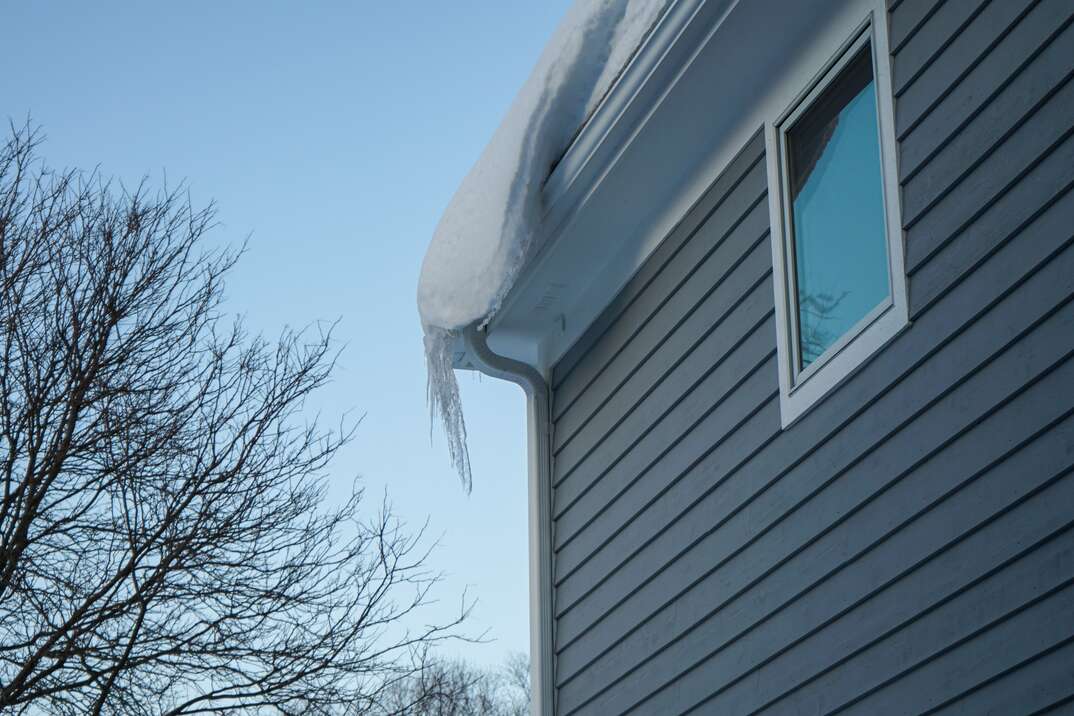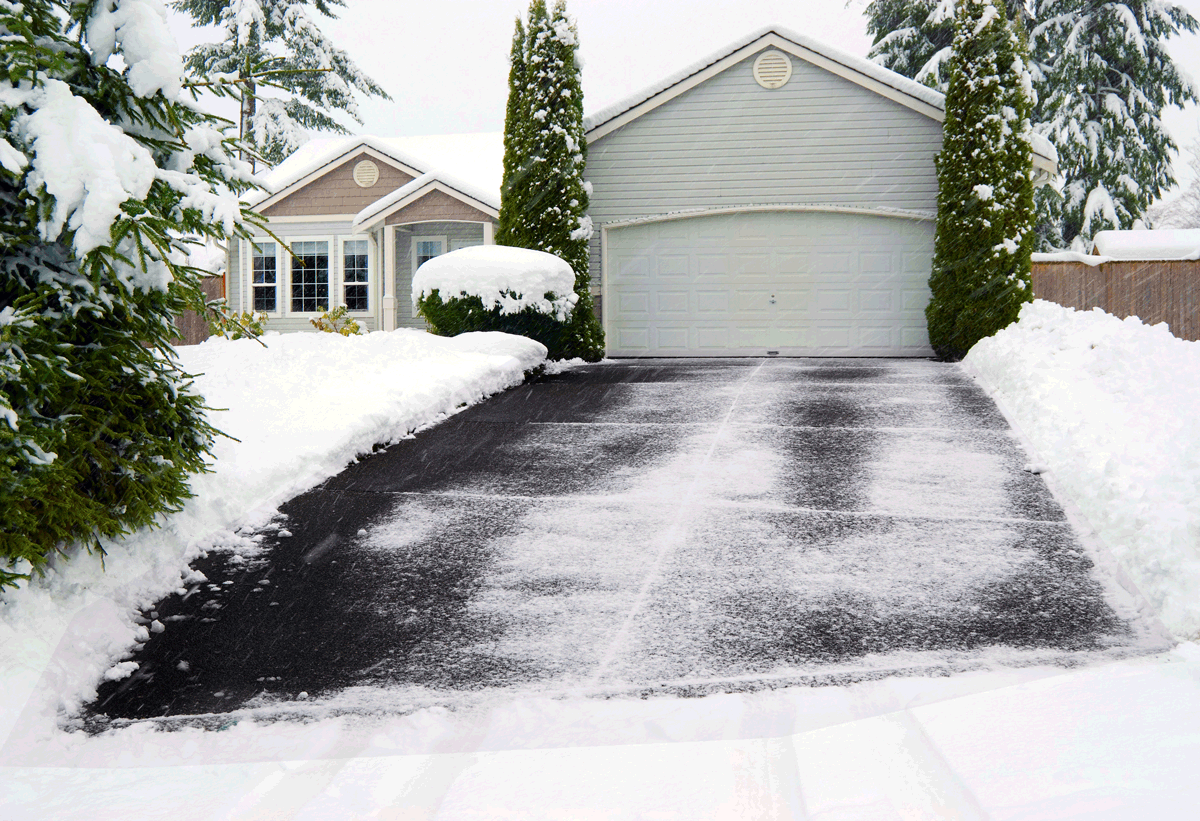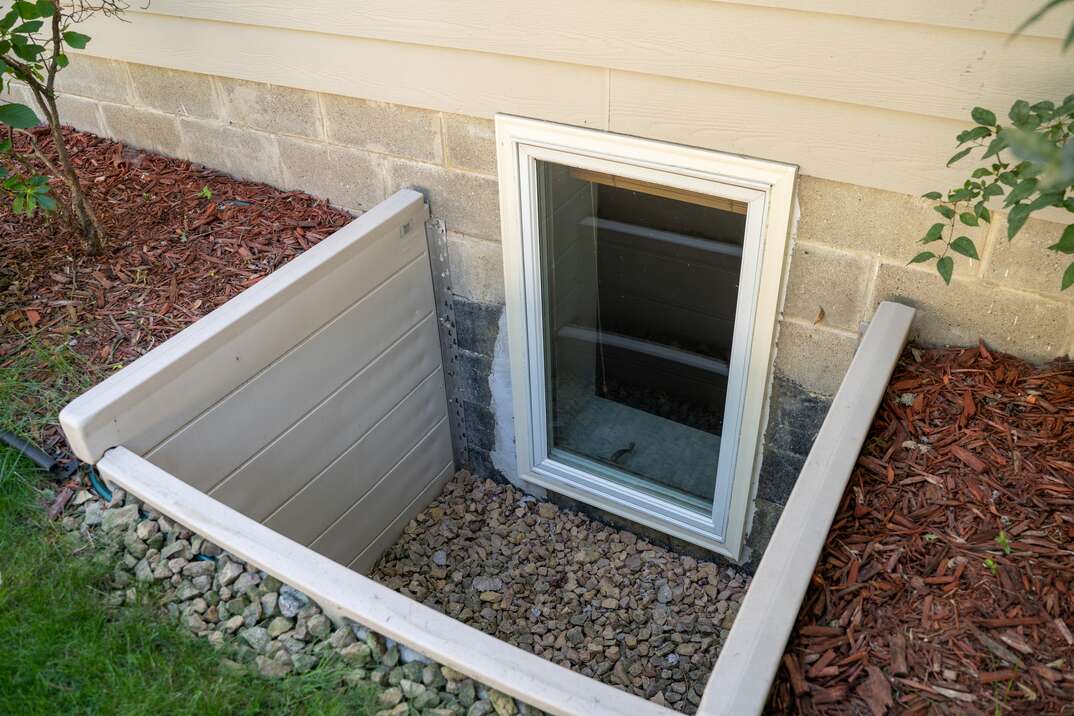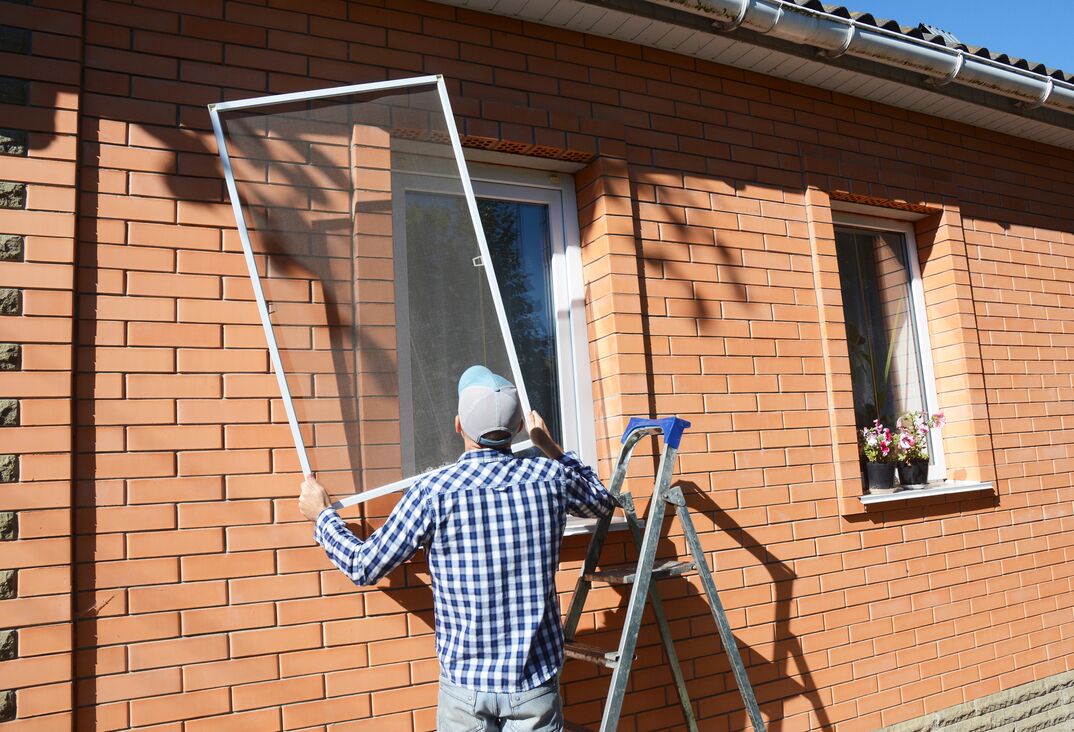Prevent Ice Buildup Outdoors: 3 Products to Try

HomeServe photo by Eric Rossi
There’s no doubt that snow is the most beautiful of all weather events. That is, until it overstays its welcome. Sure, those soft, pillowy blankets of pure white fluff can turn your yard into a winter wonderland, but when the snow sticks around and the temps stay low, things can get dangerous quickly. Not only that, but it can also spell big problems for your home.
This May Also Interest You: Non-Salt Awesome Sauce Alternatives for De-Icing Your Driveway
With snowfall comes maintenance. There’s the shoveling of driveways, scraping of windshields and, of course, keeping frozen layers of snow and ice from accumulating on your roof and gutters. Unfortunately, it’s that last part that takes a little more time and preparation than you may imagine. And if you don’t take the proper steps to protect your roof and from ice accumulation, it can result in costly damage.
Ice Dams

One of the biggest headaches experienced by homeowners in locations with cold winters is what are known as ice dams. Ice dams occur when snow melts and flows off of your roof into the valleys and gutters, where it refreezes in large chunks. To the undiscerning homeowner, this may not sound like a big deal, yet the damage it can cause is truly mind-boggling.
Ice dams can cause leaks in your roof, and they can wreck your gutters, shingles and soffit. If left untreated, ice dams can damage ceilings, interior walls and even floors. Where there’s ice, there’s water, and water damage is notoriously expensive, with most homeowners paying between $1,000 and $5,000 on average to repair water-related damages in 2021.
Aside from water damage related to ice dams, snow and ice can be much heavier than you may think. Even if your roof is brand new, you should try to avoid having more than 20 pounds of weight per square foot of roof. Fresh fluffy snow may be pretty light, but a thick mixture of wet snow and ice can weigh more than 57 pounds per square foot. Leaving ice up on your roof for an extended period of time can damage the structure of your roof and result in all sorts of costly damage.
Get Prepared
The lesson in all of this is that if you live in a place that experiences cold winters, you'll want to make sure that you prepare for the threat that ice poses to your roof. Luckily, there are several de-icing solutions available, allowing you to enjoy those cozy winter vibes without stressing about potential damage to your home.
Heat Tape and De-icing Cables
One of the simplest, most affordable options for mitigating ice buildup on your roof and gutters is to install heated de-icing cables to your roof. Sometimes referred to as heat tape, these are heated cables that are attached over the eaves of the roof and within the gutters to help prevent snow and ice from accumulating (and refreezing).
Keeping your gutters ice-free is the best way to prevent dams from forming. Roof heat cables will keep ice melted and able to freely run through the storm drainage system and out into the yard. The best part? You can treat these as permanent fixtures on your roof, meaning that you don’t need to remove these cables when the warmer seasons arrive. If you install self-regulating gutter heat cables, they’ll power off during warmer temperatures and heat up when the temps drop. Simply install them once, and you’re good to go, year-round.
Gutter-heating cables are a great way to prevent ice dams from forming. It’s a simple, straightforward concept — but be careful: Installation is trickier than it may appear. Installing de-icing cables requires precise positioning and fastening in order for them to operate effectively. Plus, you’ll need an outdoor electrical outlet; if you don’t already have one, call an electrician to install one for you. Most de-icing cables are intended for use with asphalt shingles. Metal or tile roofs will require different installation approaches. Unless you’ve installed them before — or you consider yourself a veteran DIYer — you might want to hire a professional to help with the installation.
More Related Articles:
- 5 Tips for Dealing With Wet, Heavy Snow
- How Much Do Snow Removal Services Cost?
- What Are Gutter Guards — and Do You Need Them?
- Your Definitive Guide to Shoveling Snow
- Winter Exterior Home Maintenance Checklist: 6 Things to Do to Prepare Your House for Winter
Keeping Ice Away From Other Important Areas
There’s no question that ice buildup on your roof can cause some major damage to your home, but it’s not the only area you’ll want to keep ice-free during come wintertime. It’s also important to keep the driveway and walkways free of ice. After all, who wants to have to complete an obstacle course every time they leave the house?
Heated Driveways

There are several ways to remove snow and ice from your driveway and walkways. Of course, there are the tried-and-true methods of salting, shoveling and snow-blowing, but as effective as these methods may be, they aren’t without their drawbacks. For example, salting only works when temperatures are above 0 degrees Fahrenheit. And shoveling, well, that can be a ton of work, especially during periods of heavy snowfall.
That’s where the concept of heated driveways comes in. Similar to heat tape and de-icing cables, heated driveways create a warm surface that prevents ice and snow from accumulating in the first place.
When it comes to heated driveways, there are generally two different kinds: built-in heated driveway systems and removable heated driveway mats.
Heated Driveway Systems
If you’re installing a new driveway, heating it is generally pretty simple: The electronic heating element is layered into the driveway as it’s built. Of course, if you’d like to add a heating system to an existing driveway, the process is more complex–and more expensive. In most cases, it involves adding a thin layer of sand or gravel, laying out the heating elements and then covering them with a new layer of concrete or asphalt. Snow melt systems are wonderfully effective and will keep your driveway safe and ice-free all winter long.
Interested? Here’s everything you need to know about the process.
Heated Mats
Another effective option for an ice-free driveway — and a much more affordable one — is portable snow melting mats. These doormat-like heated outside mats are comprised of electric heating elements covered in a tough slip-resistant polymer. Typically operated by remote control, these are tough, durable pads that are meant to be repeatedly driven over. Driveway snow melting mats are affordable, easy to install and portable. That said, they aren’t designed to cover the entire driveway and won’t be able to heat through deep, heavy snowfalls.
It’s the Most Wonderful Time of the Year...Sort Of
Winter weather can be awe-inspiringly beautiful, and it can even be a great reason to get cozy and spend time with family and friends. But if you’re not adequately prepared, snow and ice can cause lots of problems for yourself and your home. Luckily there are several options for keeping the ice at bay while you stay safe and warm all winter long.


